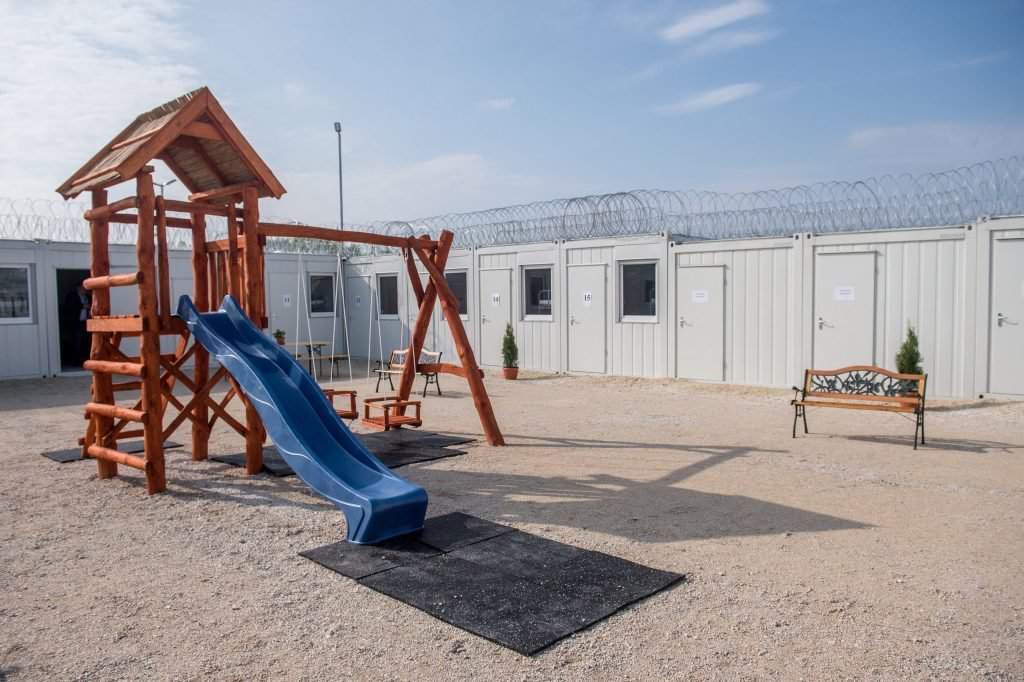Subsidiary protected refugees in Hungary?

Never has the Immigration and Asylum Office (IAO) given more subsidiary protected status to refugees as it did in 2017 – according to Magyar Nemzet. In contrast, government politicians have never been talking more about the so called Soros plan, obligatory quotas and immigration.
Fewer registered asylum-seekers, more subsidiary protected
In fact, even a national consultation has been launched in September, so that the government can put up a fight against obligatory quotas and immigration, with better chances.
However, based on IAO statistics, it is clear that though they gave only 271 people subsidiary protected status in Hungary in the previous year, this number has increased to 730 this year. Furthermore, the number of people granted temporary protection rose suddenly from 7 in 2016 to 73 this year.
IAO is parsimonious only with the granting of refugee status.
In the previous year 154 people received it, while their number has decreased to 75 this year.
The number of registered asylum-seekers in Hungary has fallen from more than 26 thousand in 2016 to 2,725 by September. Regarding nationality, 40% of the applicants are Afghans. Kurds follow them registered as Iraqi and Syrian citizens. That is not surprising, since the bloodiest ongoing fight against the Islamic State is happening on Kurdish-inhabited areas.
The admission capacity of the two transit zones is limited, they can receive only a maximum of 500 people. However, at least 50 people come each week, so they become full in 10 weeks – notes Siewert András, director for operations of Migration Aid. In addition,
the 90% refusal rate of granting refugee status in Hungary is the highest in Europe.
Thus, authorities have no other choice than to give at least minimum protection for fugitives. Since they do not want to grant them the status of refugees meaning more rights, they grant another status: the subsidiary protected status – added Mr. Siewert.
Restricted family reunification
In fact, many try to bring their case to justice, slowing down the legal procedure. Subsidiary protected people would have gone to Hungarian village Őcsény if local residents had not protested against their encampment in the area.

Photo: Ujvári Sándor (MTI)
Clearly, there is no huge difference between a refugee status and a subsidiary protected status. For example, they can move freely in the country, but employers cannot hire them if – according to law – Hungarian citizenship is a prerequisite for the job-type. Moreover, they receive nourishment, financial aid, accommodation and specific travel documents. Thus,
the majority of them does not remain in Hungary but leaves towards Austria.
Most debatable is the Government restricted regulation of family reunification in 2016. According to the law, fugitives granted subsidiary protected status cannot utilize their right to reunify their nuclear family consisted of parents and underage children until spring 2018. Otherwise, the asylum system might become overloaded – according to officials.
Source: mno.hu





